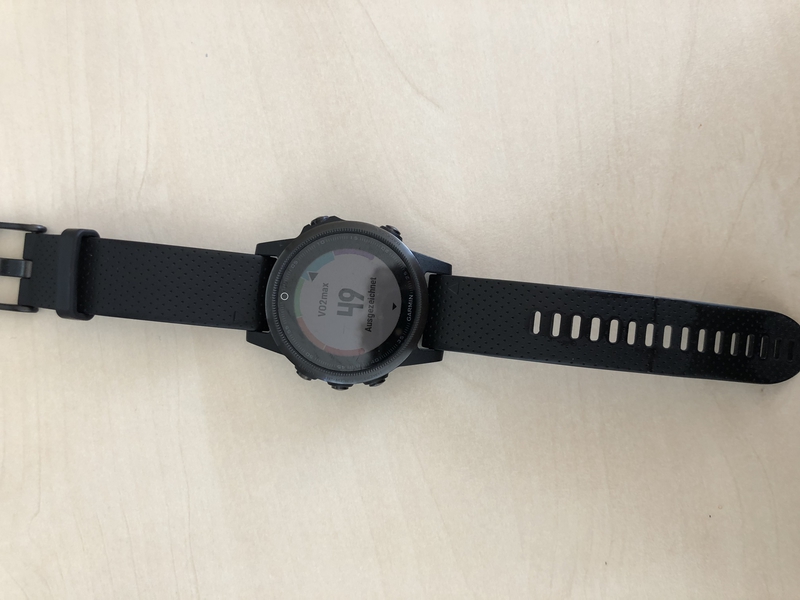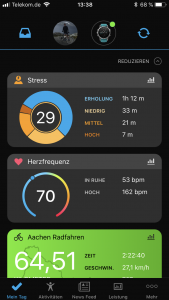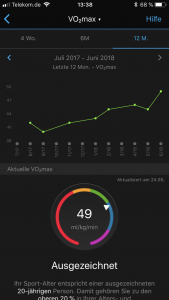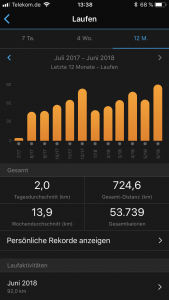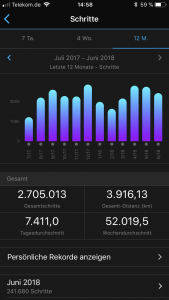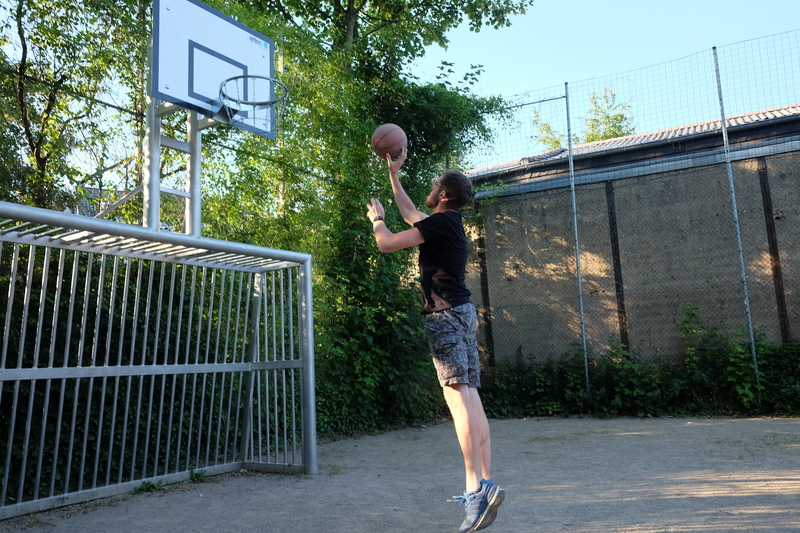July 2018 marks a personal highlight of mine. Just a bit after Rabea brought the news to our very own EuregJUG, the Java Champions account send this tweet out:
My name along this Java illuminaries. When I started this blog here more than twelve years ago, that was something I never even dreamed of. In 2006 the Java Champions program already existed but me, just been from university and vocal training for about 4 years or so, had no clue at all.
While getting my feet wet, I took inspiration from many of the people in the program, from their code, blog posts and talks. Not knowing that I would be working with them later in my life, even being direct colleagues with one of the founders like Eberhard Wolff. Even better: I’m lucky enough to call some of them my friends.
Java Champion was a long shot. I’m hopefully not the worst software engineer and architect out there, but I’m very far from knowing all the things. Quite the contrary. Did I know what a Java bridge method is until Gunnar brought this up on twitter? Do I know much about theoretical computer science? Hell no. I’m very sure that many people who I find very inspiring could forget more than I ever knew and still know more than I do.
So I must have done something else right and I’m happy with that. I just want to write some points down that might help others on their way:
On growth
Somewhen back in autumn 2014 I got Prokura in my company. I’m still not aware of an English word for that, but it means something along the lines that I can make and execute business decisions. My Prokura was only restricted in the way that I could not have closed the company.
Looking back, it was my bosses saying “we trust you to run this thing and also, this is our way of saying here, you’re explicitly technical lead, too.” Sadly, it didn’t come with a manual. At this point I was already more than 12 years at ENERKO INFORMATIK. I had grown in this time, but mostly on many technical levels. Things I learned include SQL, PL/SQL, XML, XSLT, Java (obviously), Spring (more obvious), we did Groovy at some point, not speaking of all the Swing based stuff I wrote and AFAIK ENERKO still runs an Oracle Database Dictionary based ORM I invented.
But could I lead a team? That was hard for me for several reasons. The company didn’t have had much fluctuation (and still hasn’t), so one did basically “grew up” with one another and it’s a weird situation if one person suddenly changes, either internally or externally.
Back then, I somewhen added the title line of a Nick Cave song to my personal site: “You’ve got to just, Keep on pushing, Keep on pushing, Push the sky away.” That has been my motto for quite some time.
I needed to grow beyond technical, “hard skills”. I tried and surprisingly, the feedback I got after leaving ENERKO INFORMATIK in 2017 was better than the impression I had of myself. I managed to hire two new engineers and they are still with the company which makes me quite happy.
In the end, I still felt I didn’t manage to achieve to anything. It’s weird how self perception and perception from others diverge. I left the company and I am working now at Neo4j, where I work in a small team with Gerrit Meier on Neo4j OGM and Spring Data and I couldn’t be happier with it.
Things come with a price
Most of the things “Spring” I learned on working with and on Daily Fratze, a personal photo site I’m running since 2005. I really love that stuff and I learned so much by developing it. But: It ruined my sleep in the days between 2010 and 2013 (2013 was the year my 2nd kid was born), it made parts of my family time with the my 1st kid very hard. I wanted to “finish” stuff and basically didn’t do anything else in my spare time.
Partially the same happened during late 2014 and early 2015, coincident with the events described unter “Growth” when I developed biking.michael-simons.eu and a lot more of Spring Boot related stuff inside my company. I was at home but I wasn’t there. I came back from the office, ate, and went into my office.
At some point, I needed to step back and also visited a doctor to help me to cope with sleep issues and dark moods.
We have a good family life most of the time, though. My wife always kept my back and I tried to be awake early every morning to be there for my kids. It’s by far not self evident that someone tolerates a partner that uses every minute awake when the kids are in their beds for coding, reading technical stuff and so on.
I gave a lot of talks since the end of 2015 with some success. The talks I enjoyed the most have been on Spring Boot and database related stuff. All the things I can explain in the middle of the night. However: I was and I still am super nervous at least a week before a talk. That feeling doesn’t seem to go away. Doing those talks is much more work for me than writing things (for example a book as explained in this post).
On mentoring
I was astonished that during the last 3 years or so many people came to me and thanked me for inspiration. That’s one of the reasons I’m trying to write this down here. Something like being a Java Champion or also success in general is most often not something that happens in a void, without help and support.
Everything I did and keep on doing: I would not be able to do this without having support in my life, a growing sense of what is good for my health (both mind and body) and without having had good mentors in my life.
There was my boss Rainer Barluschke at ENERKO INFORMATIK who taught me that there’s so much more than technical problems to solve. That it’s worth going a detour if the end result fits. Who even introduced me to some topics that seems to be more of the esoteric kind back than, like spiritual growth.
My ex-colleague Silke Böhler, who challenged me in JavaLand 2015 with some good food for thoughts and later on with a line “work is fun, but has to be taken seriously anyway…”. Apart from that: It has been the little things that last and helped along the way.
I already mentioned the support of my family, but also a kid can be a mentor. It’s hard to describe, but having someone near me that most of the time is in a good mood compared to myself, helps on focussing and accentuating the good things.
Summing things up…
Don’t give up trying to reach your goals because other peoples success seems to be so easily achieved. In the end, people of a group engage in the same game, but start with different preconditions. Look for opportunities where you are
- Allowed to learn
- Be able to fulfill a meaningful task, with all given due diligence and seriousness
- Be part of a team, IT is not a single players sport
And also
- Find a good mentor
- Become a mentor: Pass on what you learned
- Keep interest in other things outside your job… Not everything is related to IT
Right now, I feel at peace with myself for the first time in about 5 years. Going over the midlife crises? Who knows… I’m thankful that I actually could push my sky away by magnitudes and the last year will be a year I will always remember.
For the near future I’m super thrilled to work on cool stuff with Neo4j and Spring Data, with having the latest release of Neo4j OGM 3.1.1 just out of the door and see what happens next.
I made some innuendo to some people (Ralf 😉) that I do have ideas for a next book and as a spoiler: If put this together, I’ll try to bring this post here, something along that one and some other ideas into a form that might be worth reading for more people.
Filed in English posts
|



